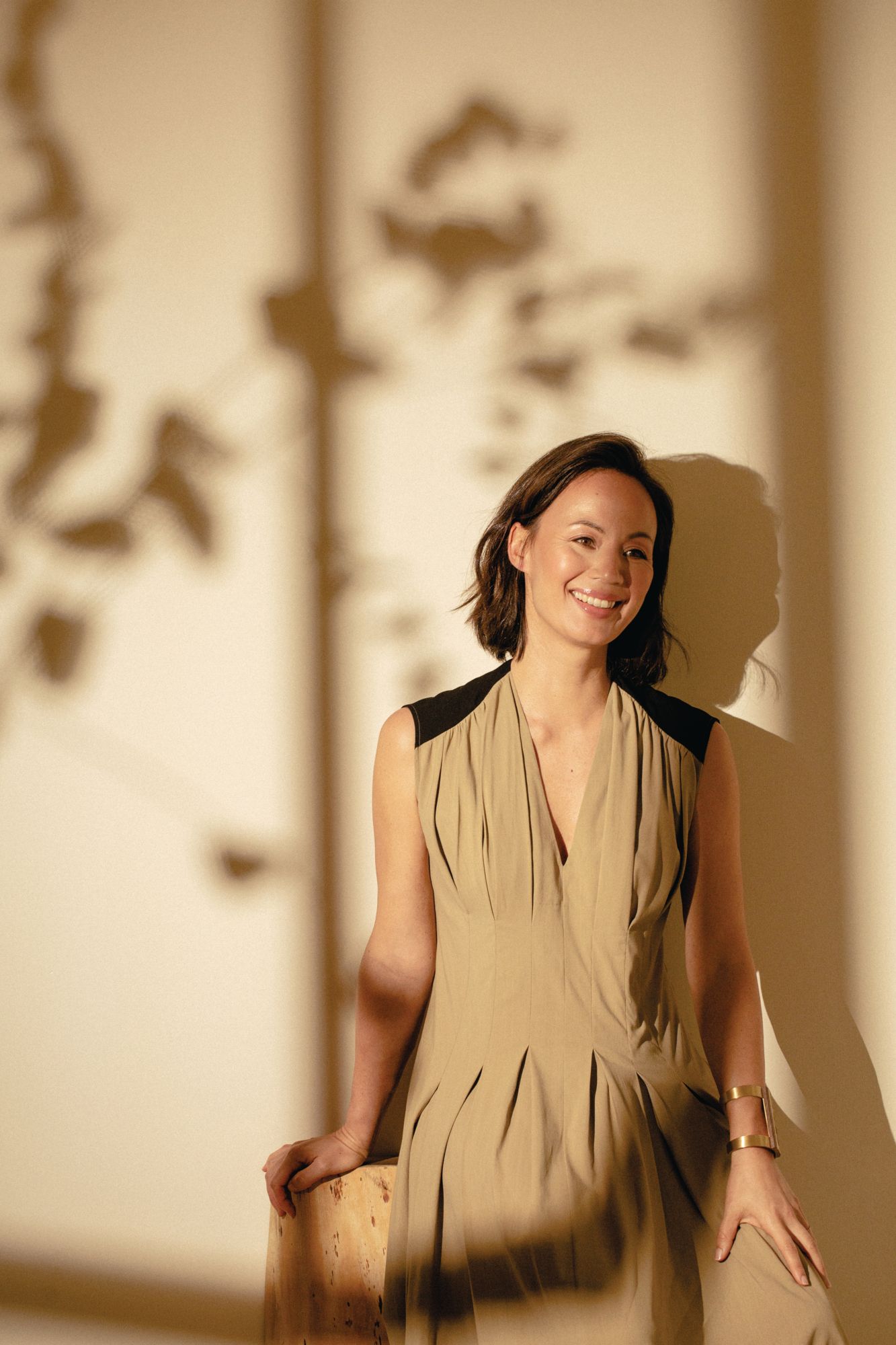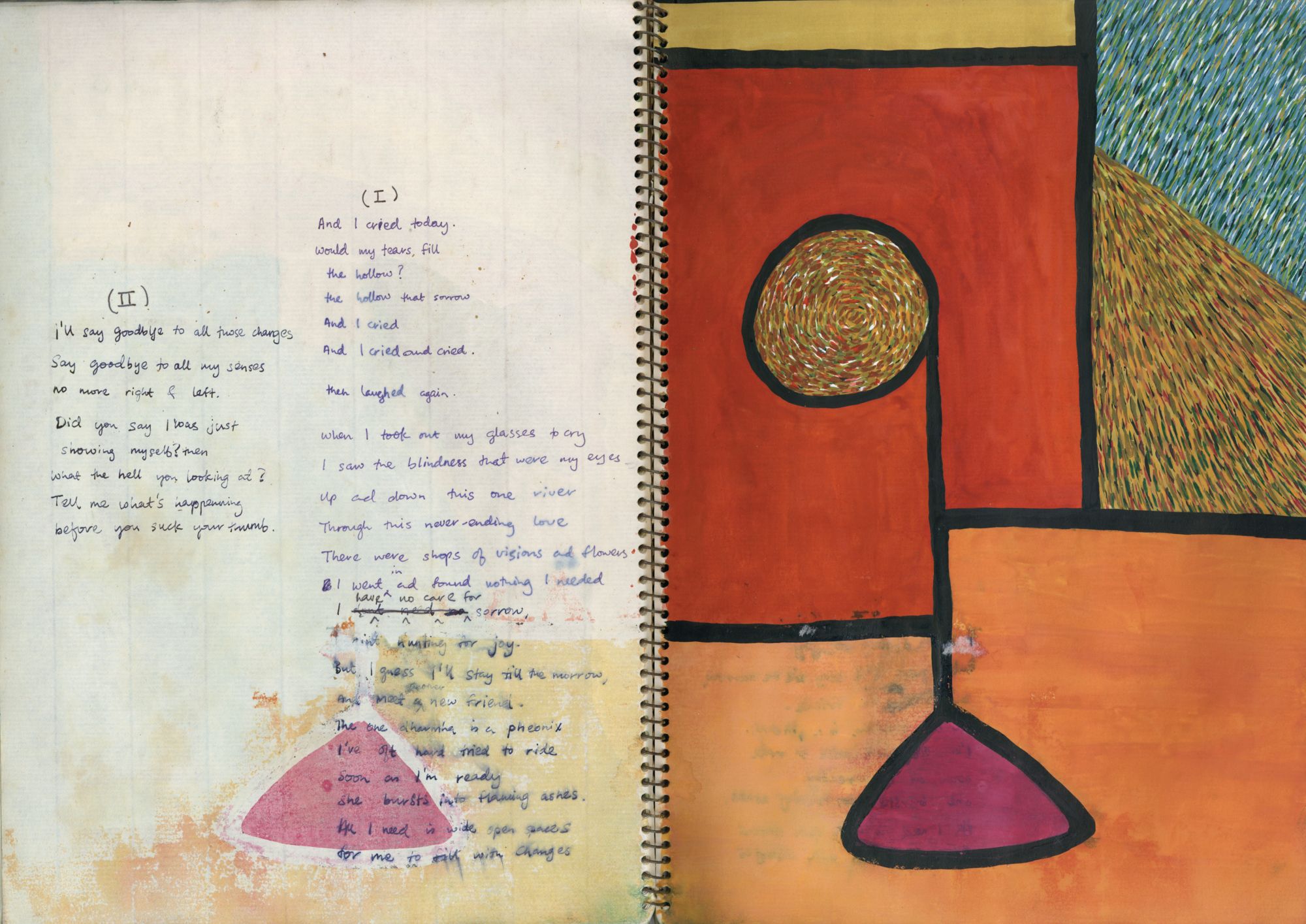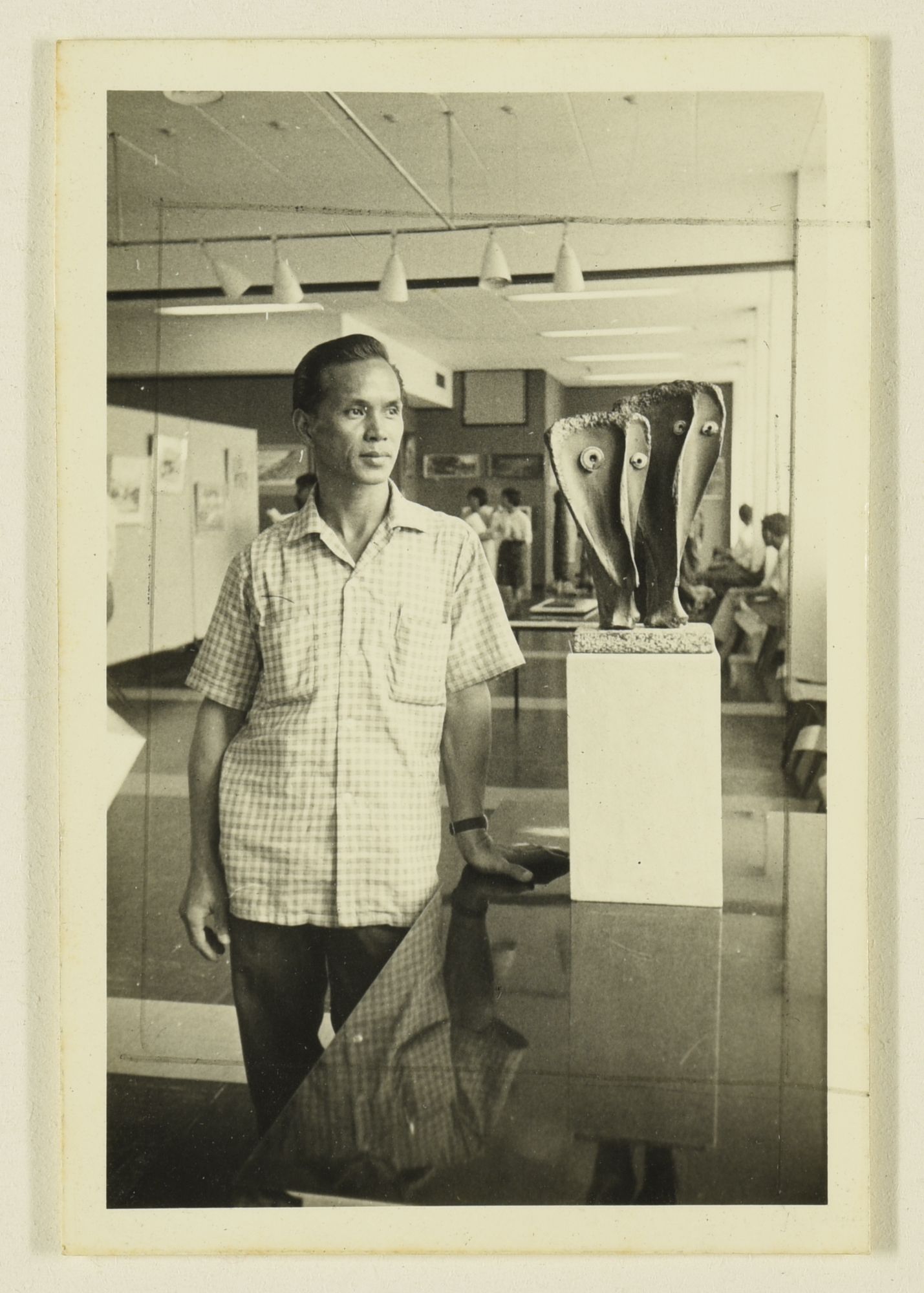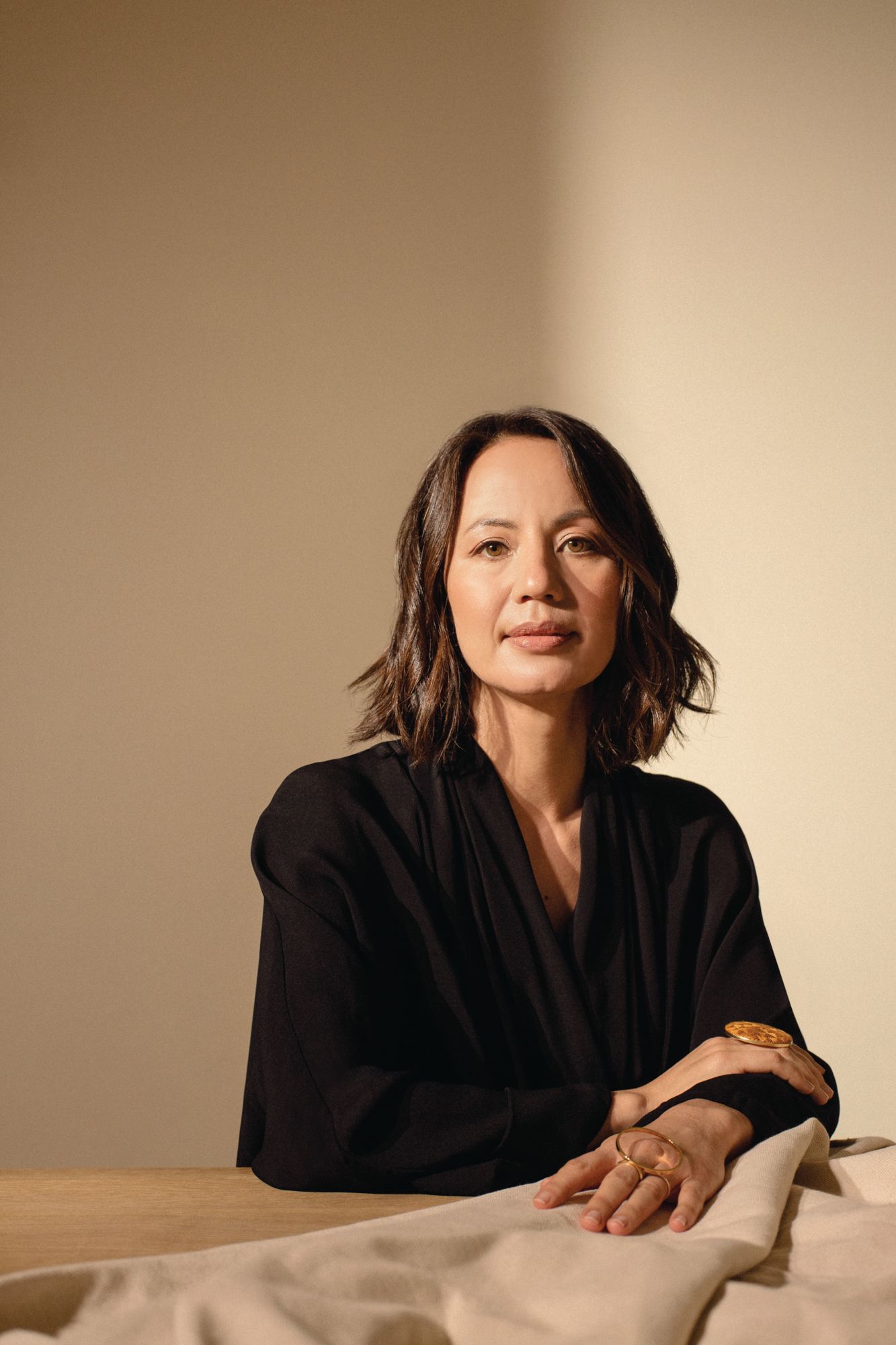Asia Art Archive is gearing up for one of its biggest years yet, opening a major new exhibition at Tai Kwun and, in the autumn, moving its library to a new home. So why is Claire Hsu, its co-founder and leader for the past 20 years, stepping down?
Magic is possible within an archive,” says Claire Hsu.
She would know. As co-founder and executive director of Asia Art Archive (AAA), a non-profit organisation dedicated to documenting the region’s art history, Hsu has watched children’s eyes light up when they open a book and learn about artists who are not long-dead men in faraway Europe, but people living today in their home towns. She has met academics who became ecstatic after finding rare documents that led their research in unexpected new directions. And she has seen audiences of all ages sit spellbound by artists explaining how their work can open doors to whole new worlds.
“It has been an amazing journey,” says Hsu, who launched AAA in 2000, when she was just 24, and is now preparing to hand it over to a new leader as the organisation marks its 20th anniversary. She will become co-chair of the board with Benjamin Cha and hopes a new executive director will be in place by the summer. Mimi Brown, the founder of arts organisation Spring Workshop and a long-term AAA board member, is leading the search for the new director. “This is not something I’ve decided overnight; it’s something I’ve been thinking about for a number of years,” says Hsu. “Part of successfully establishing the organisation was making sure it can continue into the future, well beyond my lifetime.”
This isn’t the only major decision Hsu has made recently. In the autumn, AAA is moving its library from an office building in Sheung Wan to a new home, details of which will be announced later this year. And, as if embarking on a global search for a new leader and moving more than 40,000 delicate documents across the city wasn’t enough, this month Hsu and her team are opening the first large-scale exhibition AAA has hosted since 2013. The show, Portals, Stories, and Other Journeys, is taking place at Tai Kwun, featuring pieces by five leading artists from around Asia, each of whom has made new works for the exhibition.
“It has all been a lot of work,” says Hsu, laughing. “But it feels right. I am very much guided by intuition, which I suppose is why I was like, ‘Yeah, let’s set up an archive’ when I was 24.”

Rescuing History
Back in 2000, when Hsu co-founded AAA with Johnson Chang, the founder of Hanart TZ Gallery, there was no organisation dedicated to documenting Asian art history from the 20th and 21st centuries. In the US and Europe, art archives are often a core component of museums or universities, but for decades this work had been overlooked in Asia. “In many cases we are working with archives that are in danger: in terms of not being preserved properly, in terms of the individual passing away,” says Hsu. “In many countries that we work with, institutions are not collecting archives, so it is very easy for these histories to get lost.”
AAA has built the largest library of art books on the continent, but it has also devoted much of its resources to digitising artists’ and academics’ personal archives: their troves of sketchbooks, notebooks, photographs, exhibition catalogues and more. Items like these are often discarded by artists or their families, who don’t realise that they can be invaluable to historians, curators and students. Among those who have had personal materials digitised by AAA are the late Singaporean artist Lee Wen, who was a pioneer of performance art in Asia, and Nilima Sheikh, a feminist Indian artist whose work draws on influences from around the region.







